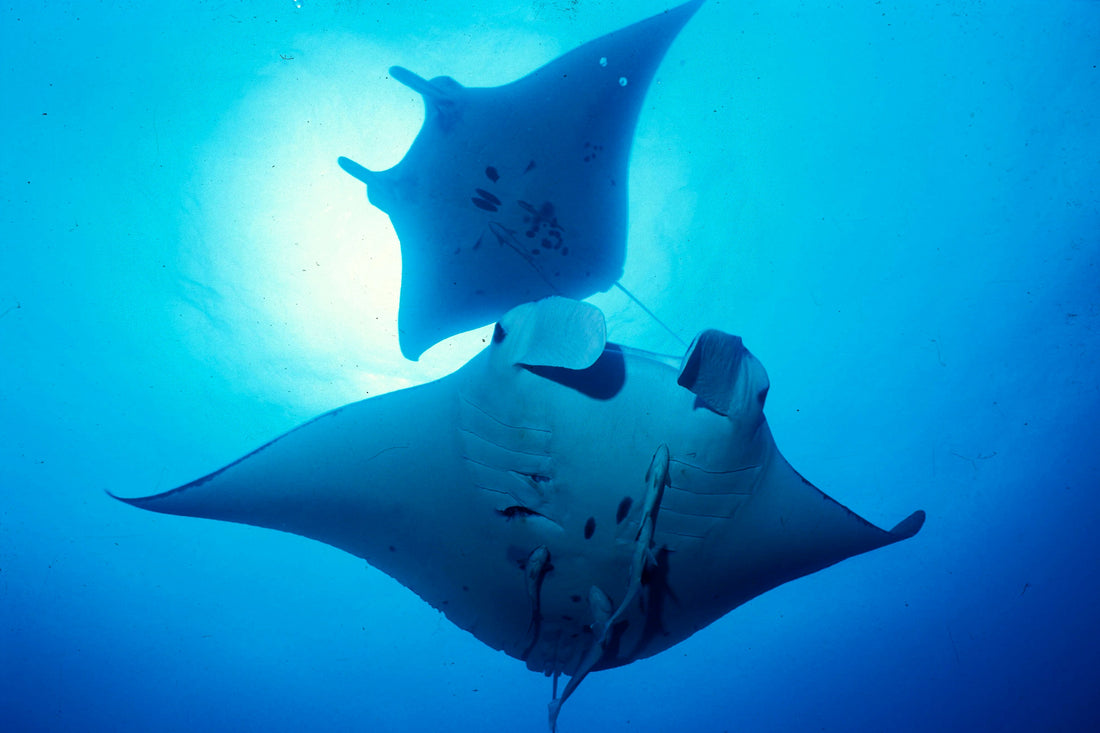Exploring the Depths: Scuba Diving Adventure in Forster, New South Wales, Sydney
If you're a diving enthusiast or simply looking to experience the mesmerizing world beneath the waves, Forster in New South Wales, Sydney, is a destination that should be on your bucket list. Situated along the picturesque Australian coastline, Forster boasts a stunning dive site that promises unforgettable underwater adventures. From vibrant marine life to intriguing shipwrecks, there's something for every diver to discover in this aquatic wonderland.

A Diver's Paradise: The Dive Site in Forster
Forster's dive site offers a diverse range of underwater landscapes, suitable for both beginners and seasoned divers. The area is home to multiple diving spots, each with its unique charm and allure. One of the most renowned locations is Bicentennial Park, which offers easy shore access and a variety of marine life encounters.
1. Marine Life Galore
The vibrant marine life in Forster will leave you awe-inspired and eager for more dives. As you descend into the crystal-clear waters, you'll be greeted by schools of colorful fish dancing around coral formations. Keep an eye out for curious rays gliding gracefully through the sea and playful dolphins making occasional appearances. Lucky divers may even spot sea turtles gracefully swimming past, adding an extra touch of magic to the experience.
2. Dive into History: Shipwrecks
Beyond the abundance of marine creatures, Forster's dive site boasts intriguing shipwrecks waiting to be explored. These sunken vessels provide a unique opportunity for divers to dive into history and witness the transformation of man-made structures into underwater ecosystems. The shipwrecks are not only fascinating to explore, but they also serve as artificial reefs, attracting an array of marine life.

3. Visibility and Conditions
One of the most significant factors contributing to Forster's popularity among divers is the exceptional visibility and favorable diving conditions. The clear waters ensure that you can witness the underwater beauty in all its splendor. Additionally, the water temperature is relatively mild, making it comfortable for divers throughout most of the year. However, it's essential to check the local weather and diving conditions before planning your trip, as weather patterns can affect underwater visibility and currents.
4. Dive Training and Certifications
Forster caters to divers of all levels, including beginners seeking to earn their Open Water certification and experienced divers looking to enhance their skills. Local dive centers offer a wide range of courses and training opportunities, conducted by experienced instructors who prioritize safety and environmental conservation.
5. Environmental Conservation
As divers, it is our responsibility to protect the fragile marine ecosystem and preserve the underwater beauty for future generations. In Forster, conservation efforts are highly valued, and local dive operators and enthusiasts actively participate in initiatives such as underwater clean-ups and coral restoration projects. By being a responsible diver and respecting the marine environment, we can ensure that this stunning dive site remains a treasure for years to come.
In Conclusion
Forster in New South Wales, Sydney, is a true scuba diving paradise that offers a captivating blend of marine biodiversity and historical intrigue. Whether you are a novice or an experienced diver, this dive site has something to offer everyone. From vibrant marine life to shipwrecks teeming with history, exploring the depths of Forster's underwater world is an experience you'll cherish for a lifetime.
So, if you're ready to embark on an unforgettable adventure beneath the waves, pack your diving gear, and head to Forster for an aquatic journey like no other. Discover the magic that lies beneath the surface and witness the enchanting world that calls to divers from all corners of the globe.

